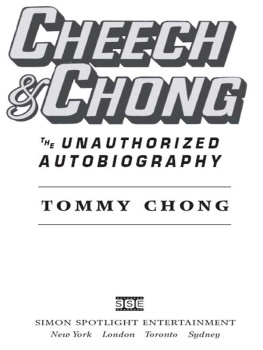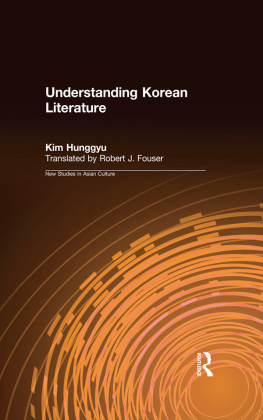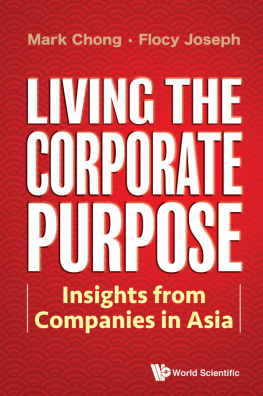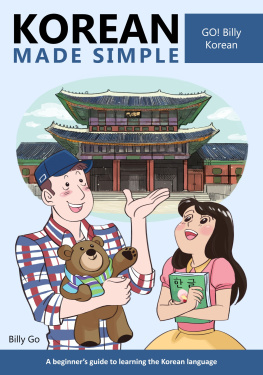The Novel and the Romance
One may divide the development of the Western narrative literature into several different stages, using several different names for each of them; the epic covers more or less the whole body of oral narrative and the period up to the time the romance started to absorb entertaining stories of marvellous heroic exploits into prose form. The novel began to emerge in the 18th century when people felt weary of the narrative tradition which was becoming too idealistic and too removed from the reality of daily life. The romance itself in its origin expressed a wish to accommodate the demands of ordinary people and the ordinary world and to break away from the unrealistic pose of the epic when it had moved to the lofty world of poetry and the dreamland of heroic past. When poetry and prose went their separate ways and the epic went further into the mythic world of gods and demi-gods, the romance took the direction of the human world of legends and fairy tales and adopted the clothes of daily prose language. The road from the epic to the romance was a steady descent from the heavens and the top of Mount Olympus to the fairy land of palaces, a steady descent from gods to heroic kings and chivalrous generals. The descending movement of this narrative tradition took a step further down into the world of human beings, ordinary human beings, when the novel came into being in the 18th century in the hands of Fielding, Richardson and Defoe. The fall from gods to kings and then to prostitutes, foundlings and shipwrecked sailors was long and steep.
This constant descent undertook a further fall in the rise of modernism in the early part of the 20th century when writers wanted to explore the dark caves of the human unconscious. They were not content with the realism of the surface of daily life, which formed the basis of Virginia Woolfs famous attack on Arnold Bennet, H.G. Wells and John Galsworthy. Balzac, Tolstoy and George Eliot touched on the subtle shades of psychological changes in the mind of the character, but the 19th and early 20th century novelists largely concerned themselves with the linear movements of plots, leaving the unconscious unexplored. The novel, in other words, carried on another major revolution to accommodate new forms of reality after a 200 year happy tradition of portraying various aspects of the known world. It went into the deeper world of the human mind.
Along this descending line are to be defined characteristics of the novel. First of all, the novel is, in spite of Ian Watt, not a literary genre which was suddenly invented as something completely new by Fielding and Defoe in the 18th century. The novel was an extension of the romance. The novel, when it was first created, took over all the literary elements from the romance, which in its turn had inherited all the folkish as well as heroic components from myths and legends. The novel is in this sense an amalgam of the romance and the oral literature.
The novel, however, differs from the romance in its conventions and spirit. When the novel was first written, its founding spirit was to reject the idealism of the romance and instead to create stories on the basis of realism. The notion of realism was simple in the beginning. When a widows sexual appetite was described as stronger than her wifely sorrow, as in the case of Euphesian matrons story, it was supposed to be realistic. in the sense the terminology of the novel was given, meaning original. This spirit drove the novelists to take their subject matter from the familiar milieu of daily life, while the romance often took its source materials from the derived world of mythological stories of Roman or Greek legends. The novelists took their characters from the plausible world, to make them real; thus Moll Flanders was a thief, Tom Jones a fornicator, and Robinson Crusoe a shipwrecked sailor. Characters no longer represented universal types. Instead of abstract names like Mr. Badman and Miss Beauty, characters got real names and became a particular individual. The novel was in fact distinguished from its predecessor by the amount of attention it accorded to the individualization of its characters and to the detailed presentation of their environment. The particularity of description of milieu is typical of the narrative technique of Robinson Crusoe and Pamela .
Along with these lines time also became particularized. The novel was also distinguished by realistic time instead of unspecified time in no mans land. Place also became more precise and particular instead of being vague. In other words, the novel dispensed with time immemorial in favour of today, and far-away places in favour of here. By achieving all these, the novel became the most important vehicle of fiction for the scientific scrutiny of life rather than presenting the dream world of ideal possibility and the unreal world of wish fulfillment. The novel became the art of real world, and to create the new art the prose style had to be different from the flowery, imprecise language of the romance. The novel refused to adopt the rhetorical style, it employed precise and direct language.
The new realism of the novel called upon the realistic plot. The novel did not allow chance happenings of various events, unrelated to each other. The present was possibly only in relation to the past. The organism of causality became a very important convention for the newly risen art. The characters and plot were deftly intertwined, and the story telling was presented in an organic form.
In contrast, the romance cuts out a very simple form of narrative literature. In its structure the romance moves along a simple, linear development of stories, beginning with the birth of a hero and ending with his death. There is no complicated plot; the story is mainly the heros adventures in love affairs or military events. To borrow E.M. Forsters expressions, it is a series of and then, and then, etc without any sophisticated arrangement of causality. Things happen without reasons or causes; events move along by unexplained actions based on chances. This does not cause character development of a hero or heroine. From the beginning to the end, the central character (or secondary people) do not change. If a person is good, he is good all the way through. If he is bad, he is bad to the last moment. They are boringly flat characters, faithfully sticking to one aspect of human nature. This makes characters largely machine-like stylized types, representing the universal and the general, instead of being particular individuals.









